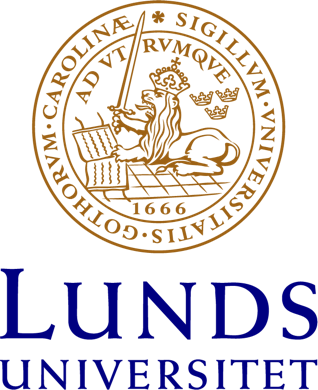”Jag är mi’kmaq och det jag gör är min kultur!”
Artikeln vill ge bakgrundshistoria och orientering om dagens situation för mi’kmaq, en etnisk folkgrupp, som främst bebor reservat på Kanadas ostkust. Historiken uppvisar en koloniserad grupp, som influerats av britternas annektering av provinsen och den franska, katolska missionen, men samtidigt finns idag en ny stolthet över att vara mi’kmaq, med reservatslivets mödor och glädjeämnen som gruppen
